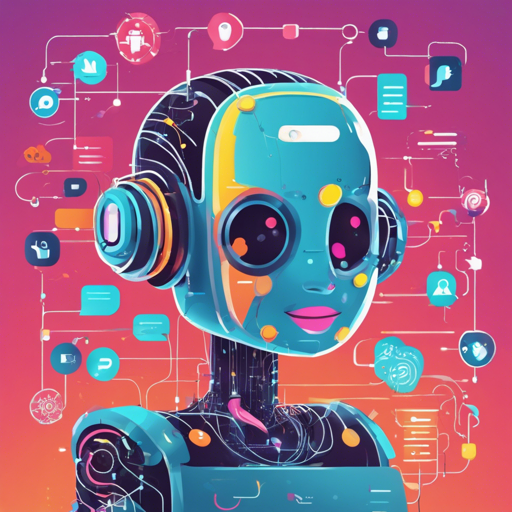In this article, we will walk you through setting up a Youth Chatbot using the KoGPT2 language model. Whether you’re an AI enthusiast or a developer looking to enhance your skills, this guide will make it easy for you to get started with your own chatbot.
Overview of the Youth Chatbot
- Language Model: KoGPT2
- Supported Language: Korean
- Training Data: Aihub
Demonstration Links
You can check out the demo web and access the sources here:
- Demo Web: Ainize Endpoint
- Demo Web Code: GitHub
- Youth-Chatbot API: Ainize API
How to Set Up Your Youth Chatbot
Now, let’s dive into the code. To spin up your chatbot, you’ll need to follow these steps:
from transformers import PreTrainedTokenizerFast, GPT2LMHeadModel
U_TKN = 'usr'
S_TKN = 'sys'
MASK = 'unused0'
SENT = 'unused1'
tokenizer = PreTrainedTokenizerFast.from_pretrained('EastHShin/Youth_Chatbot_KoGPT2-base',
bos_token='s',
eos_token='s',
unk_token='unk',
pad_token='pad',
mask_token=MASK)
model = GPT2LMHeadModel.from_pretrained('EastHShin/Youth_Chatbot_KoGPT2-base')
input_ids = tokenizer.encode(U_TKN + 'your text' + SENT + S_TKN)
gen_ids = model.generate(torch.tensor([input_ids]),
max_length=128,
repetition_penalty=2.0,
pad_token_id=tokenizer.pad_token_id,
eos_token_id=tokenizer.eos_token_id,
bos_token_id=tokenizer.bos_token_id,
use_cache=True)
generated = tokenizer.decode(gen_ids[0, :].tolist())
print(generated)Understanding the Code: An Analogy
Imagine you are a chef, and you want to create a dish (the chatbot) using special ingredients (the model and tokenizer). The ingredients come pre-packaged and labeled, which makes it easy for you to choose what you need without any hassle.
- Importing Libraries: Just as a chef gathers their tools (in this case, the `transformers` library), you will begin by importing prerequisites.
- Setting Tokens: These tokens, like labels on ingredients, help define user input and system response in a format that the chatbot can understand.
- Loading the Model: Here, you are essentially preparing to cook with your chosen ingredients (loading the pre-trained KoGPT2 model).
- Generating Responses: Just as a completed dish comes from combining various ingredients, the chatbot generates its responses based on the input provided. The process involves encoding, generating, and decoding for the final output.
Troubleshooting Common Issues
As you embark on your chatbot journey, you may encounter some bumps along the way. Here are some troubleshooting tips:
- Model Not Found Error: Ensure that you’ve spelled the model name correctly and it’s available in the specified path.
- Input Length Issues: Make sure that the input length is manageable. Adjust `max_length` accordingly to avoid overflows.
- Unexpected Outputs: If your chatbot is behaving strangely, check the tokenization process or your input formatting.
For more insights, updates, or to collaborate on AI development projects, stay connected with fxis.ai.
Conclusion
In this tutorial, we have set up a Youth Chatbot using the KoGPT2 model and walked through the essential steps and relevant code. With these tools, you can create a basic conversational AI tailored to Korean-speaking users.
At fxis.ai, we believe that such advancements are crucial for the future of AI, as they enable more comprehensive and effective solutions. Our team is continually exploring new methodologies to push the envelope in artificial intelligence, ensuring that our clients benefit from the latest technological innovations.

